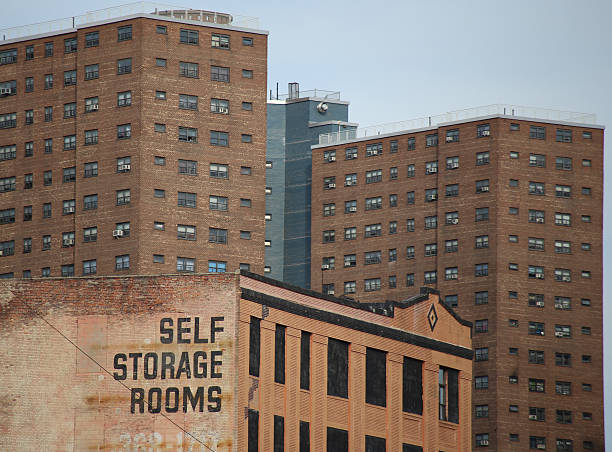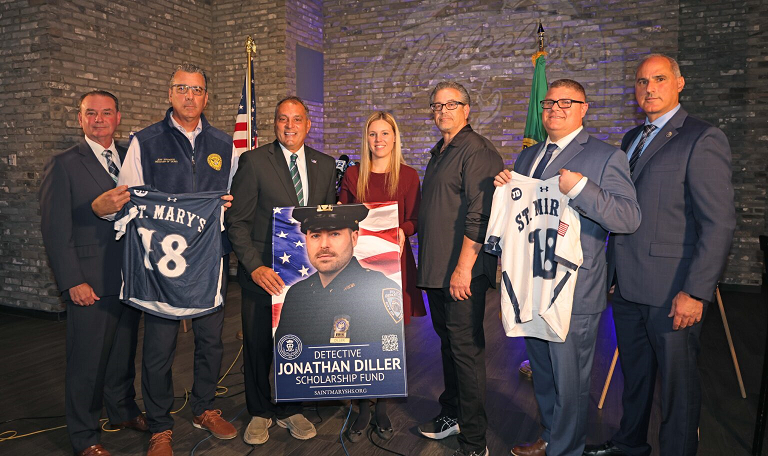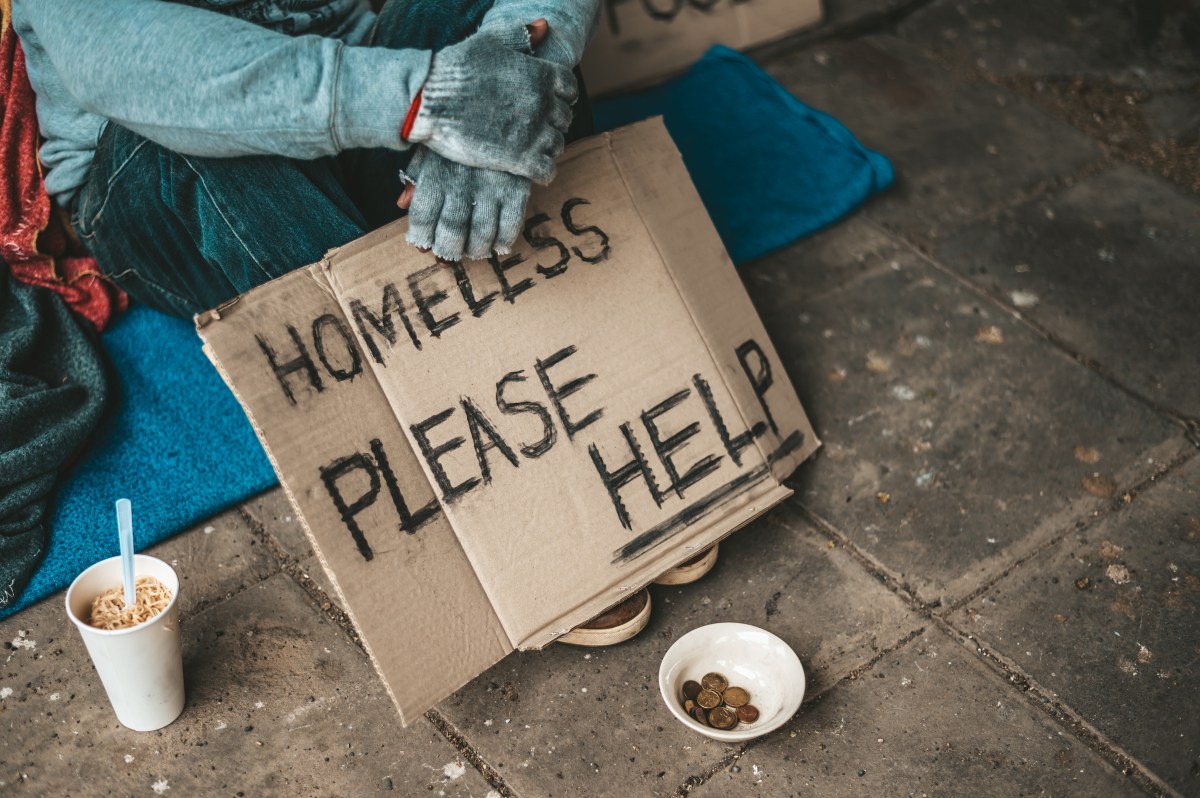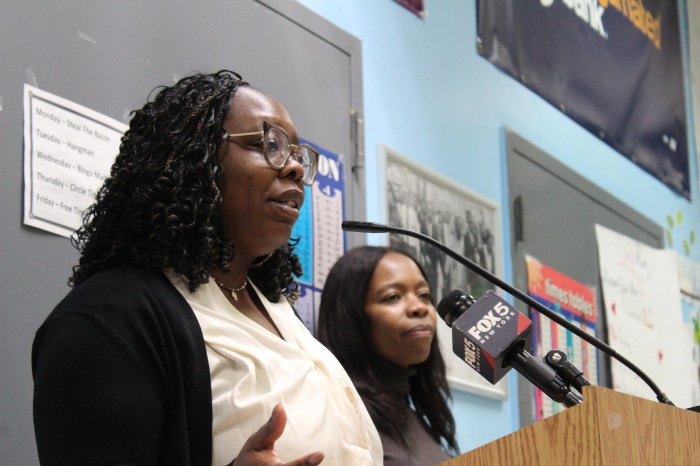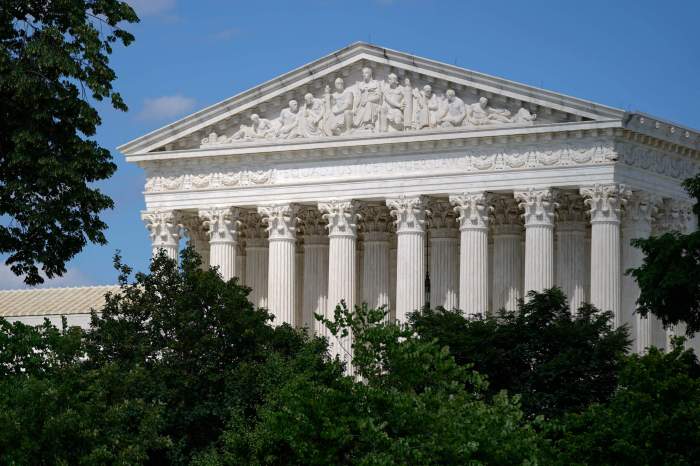Staff and supporters of Gay Men’s Health Crisis will march through the streets of Manhattan on Wednesday to commemorate more than 35 years since the organization’s inception.
The group, which spearheaded the fight against HIV and AIDS when they say few would even pay attention, will walk to the New York City AIDS Memorial in Greenwich Village near the shuttered St. Vincent’s Hospital. The hospital closed in 2010 and hosted the city’s first and largest AIDS ward.
“It’s just a time for the staff to reflect on the rich history,” said Kelsey Louie, the group’s CEO. “It is inspirational, it gives great meaning to our work. We stand on the shoulders of giants. We think about the number of lives that were saved because of GMHC, but also what would have happened if GMHC didn’t exist.”
GMHC was informally founded in 1981, when several gay men gathered in the living room of writer Larry Kramer (who wrote the play “The Normal Heart”) to raise money for what was then commonly referred to as “gay cancer,” according to the group. A year later, the group became the Gay Men’s Health Crisis by setting up an answering machine in a volunteer’s home, the first AIDS hotline. The group now has offices on West 33rd Street.
Eric Sawyer, 63, started experiencing symptoms of the disease as early as 1981, and tested positive for HIV once a test was made available in 1983. He started attending a bereavement group at GMHC after his boyfriend died of AIDS-related cancer in 1986.
“It was a beacon of hope because nobody else was doing anything to respond to the epidemic. The government really didn’t care and did nothing about HIV,” Sawyer said. “Here was an organization that treated people with respect. It was trying to find out as much information as possible about the disease, to help people living with illness get access to whatever level of care or support existed at the time.”
Sawyer was fortunate to access early clinical trials and has been on several combinations of drugs over the years. He began working as the vice president of public affairs and policy for GMHC as well as coordinating a long-term survivor initiative earlier this year. He said he’s been involved since the group’s inception, when he started a housing committee with the activist group ACT UP that later became the nonprofit Housing Works.
“It’s a reassuring feeling,” he said, reflecting on the fact that the group still helps people today. “And it also allows for a feeling of pride in our community that we responded as a community when no one else was.”
Jasper Feinberg, a 41-year-old gay artist who lives on the Upper East Side, said he’s heartened by how far the AIDS movement has come since the 80s.
“It was the kind of thing that no one even talked about back then,” Feinberg said. “And the fact that a group like [GMHC] has lasted and is fighting so publicly today is a testament to the progress we’ve made as a society.”





